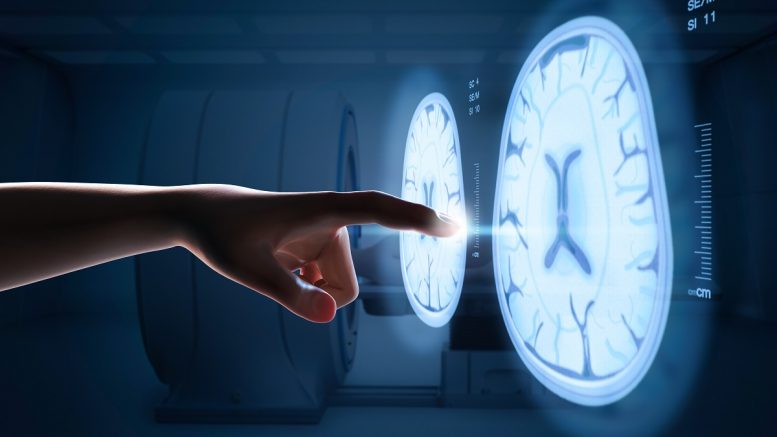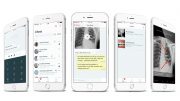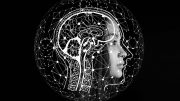Artificial intelligence and computer technology have become indispensable in health care and medicine. Doctors and care providers use advanced digital tools once thought possible only in science fiction.
As AI technology evolves, medical scientists find more applications in different health care fields. One area where new generative AI is making a big difference is radiology.
What Is Generative AI?
Generative AI is one of the latest advancements in artificial intelligence technology. This form of AI is smart enough to think and create for itself. Examples of generative AI include ChatGPT, AI image generation programs like DALL-E and music generation programs.
Typical AI programs can handle large data sets but cannot do anything with them. Generative AI can use those data sets to come to its own conclusions. Furthermore, it can act on those conclusions by itself.
While this might appear similar to voice assistants like Alexa and Siri, the truth is generative AI is far more advanced. Voice assistants can only operate within limited parameters — asking Siri how to change a lightbulb will pull up a search engine results page.
Asking a generative AI the same question will offer a step-by-step guide on changing a lightbulb based on data it searched for by itself. Furthermore, if the AI can access a robot appendage, it can change the lightbulb.
This is possible through a breakthrough in artificial intelligence called machine learning. Machine learning uses complex algorithms to make predictions based on available data. The program is trained on various data sets and uses the available data to complete tasks.
How Generative AI Can Affect Radiology
The applications of machine learning and generative AI in medicine are vast, especially in radiology.
Improved Medical Imaging and Diagnosis
One of the greatest strengths of generative AI is its ability to come to its own conclusion based on available data. This can be a powerful tool to make medical imaging techniques more efficient and accurate.
Machine learning can combine with imaging methods — such as CT and MRI scans — to alert doctors to abnormalities in the patient’s body. Generative AI can train on what a typical image of a healthy human looks like in addition to how specific exceptions like tumours or other malefactors might appear.
Generative AI tools can help doctors make more accurate diagnoses by catching something a doctor might have missed or overlooked in the image. Doctors can then act on that information by adjusting the patient’s treatment to reflect the situation better. This advancement could help lower misdiagnoses, and avoid not diagnosing patients based on prejudices related to weight or gender.
Furthermore, generative AI can enhance existing imaging techniques by generating high-quality images of organs using data from low-resolution images such as ultrasounds and X-rays. Using higher-resolution images of a patient’s organs can give doctors greater insight into the patient’s situation. This, too, will help provide more accurate diagnoses so health care facilities can catch serious illnesses before they become life threatening.
The unique nature of generative AI allows it to learn and adapt to different medical situations the more it is utilized. Working with live patient data can give machine learning tools a vast pool of data to learn from, leading to a broader array of medical knowledge to form a diagnosis.
Coding and Administrative Tasks
Another role generative AI can play in the radiology sector is in coding. In radiology and health care, coding is an essential administrative task that can be very complex and tedious. In addition, codes can change regularly and with little warning — administrators must be constantly vigilant lest they miss an update. One false move can set back treatments for patients in need of care.
The coding process is practically tailor-made for AI, whose specialty is working with and interpreting large amounts of data. Whereas coding can be tedious for humans, AI can sort through codes and information much quicker and with fewer mistakes.
Utilizing the adaptable nature of generative AI allows much of the coding process to be automated or at least more streamlined for administrators. Rather than having workers memorize pages of code, generative AI can handle most of the actual tasks, taking over some of the regular processes.
This can relieve workers of additional jobs, allowing them to use their time on more immediate problems that require their attention. Streamlining the coding process will enable patients to get the care they need more quickly by reducing the possibility of mistakes.
Generative AI Can Be the Future of Radiology
While there are many concerns over the medical field becoming more reliant on artificial intelligence technology, tools like generative AI can allow doctors and health care workers to provide a higher level of care than ever before. Machine learning working with health care professionals can pave the way for a technological revolution in medicine.





